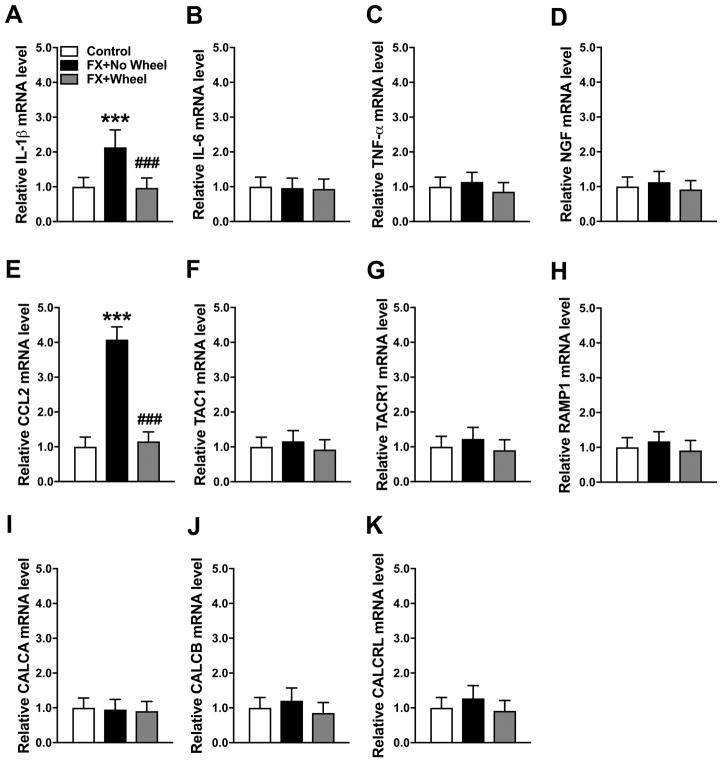Figure 2. The effects of exercise on post fracture gene expression of cutaneous inflammatory mediators.
Expression of inflammatory mediators in the fracture limb hindpaw skin were measured by real-time PCR. Interleukin-1β (IL-1β, A) and chemokine (C-C motif) ligand 2 (CCL2, E) gene expression were up-regulated at 7 weeks post fracture (FX+No Wheel), compared to nonfractured control mice (Control), and this increase was reversed in FX mice provided with 4 weeks of ad lib access to a running wheel (FX + Wheel), starting at 3 weeks post fracture. There were no changes in the hindpaw skin expression of interleukin-6 (IL-6, B), tumor necrosis factor-α (TNF-α, C), nerve growth factor (NGF, D), substance P (TAC1, F), the substance P NK 1 receptor (TACR1, G), the calcitonin gene-related peptide (CGRP) RAMP1 receptor (RAMP1, H), CGRP (CALCA, I and CALCB, J) and the CGRP receptor (CALCRL, K) at 7 weeks post fracture (FX+No Wheel), compared to control nonfracture mice. Exercise had no effects on the post-fracture expression of IL-6, TNF-α, NGF, TAC1, TACR1, RAMP1, CALCA, CALCB, or CALCRL. Values are means ± SD, n=8. One-way analysis of variance with Bonferroni post hoc testing. *** P< 0.001 for FX+No Wheel or FX + Wheel vs Control. ### P< 0.001 for FX + Wheel vs FX+No Wheel.

